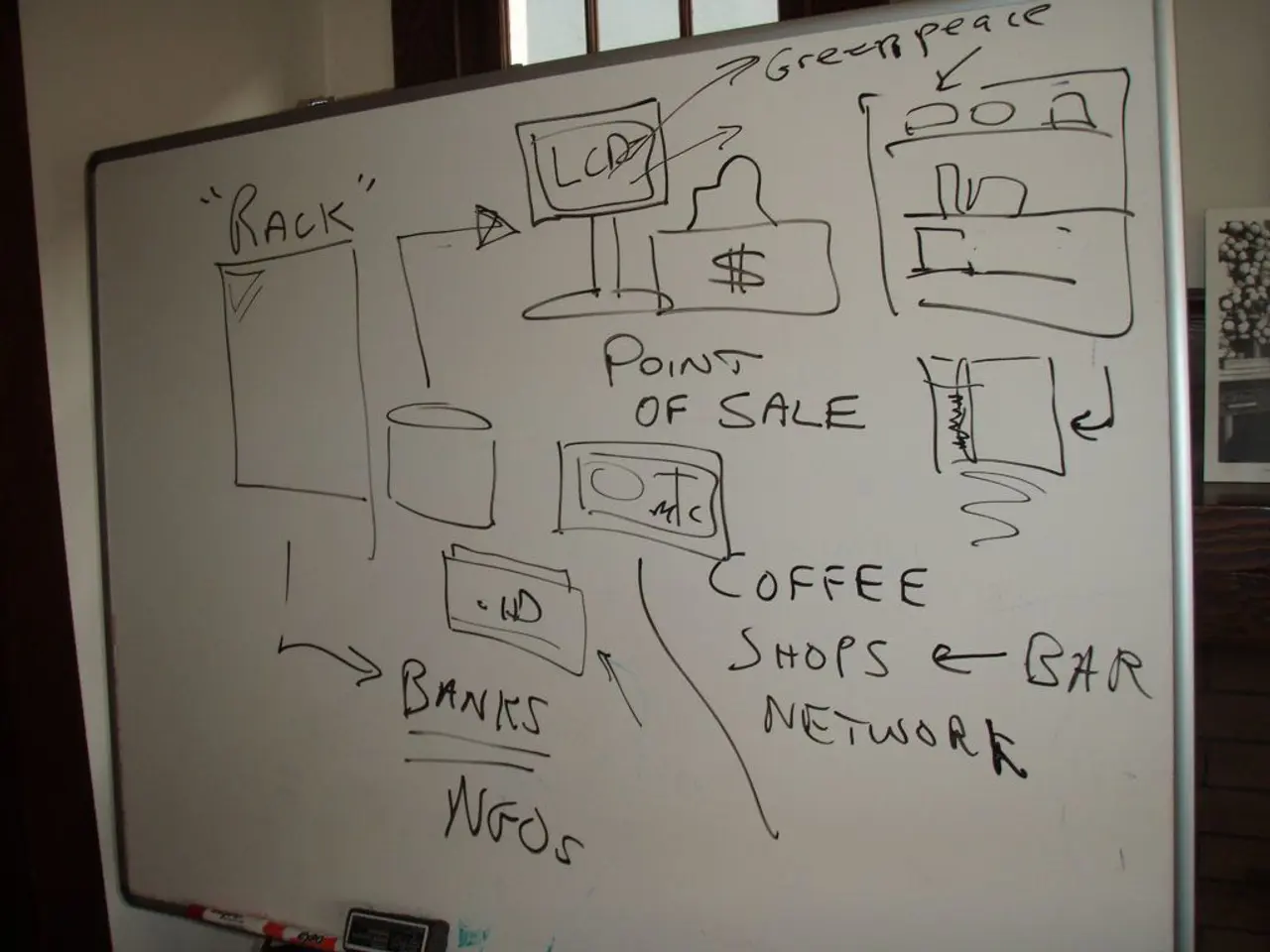From Social Network to B2B Powerhouse: The Incredible Journey of Gupshup
SMS-based social network's transformation into an AI-driven billion-dollar venture
Stay Connected In the infancy of mobile communication, particularly in emerging markets like India, SMS (Short Messaging Service) was the king of interaction. Beerud Sheth and his buddies from IIT Mumbai - Rakesh Mathur and Milind R Agarwal - were not about to let this golden opportunity slip away. They launched Gupshup as a social network in 2004, based on the almighty SMS, with the aim of creating a meetup spot for folks to join interest-based groups and exchange updates via texts.
The initial days were electrifying. By 2010, they had 70 million users and claimed the title as the largest social network in India. However, their exhilaration was short-lived as the business model, which revolved around subsidizing SMS costs for users, soon proved unsustainable. With skyrocketing costs and regulatory curbs on advertising that hindered monetization, Sheth and his team had a tough choice to make - fold or pivot.
Pivot and Growth In 2011, Sheth and his team made a bold move, transforming Gupshup into a B2B platform offering messaging solutions for businesses. These solutions allowed businesses to send transaction-based communications, such as OTPs, payment confirmations, and customer support messages. With this shift, businesses in need of a reliable method to engage with customers quickly found traction with Gupshup.
Their new approach didn't come with a 100-slide strategy. Instead, the trio started with a hunch, a concept, a live product - and let the market be their guide. Over time, Gupshup expanded from SMS to a full-stack conversational messaging platform across WhatsApp, Instagram, voice, chatbots, and more. However, even after the pivot, success didn't fall into their laps easily.
2013 saw another significant challenge for the firm as revenues failed to meet expenses. At that make-or-break moment, the team chose persistence over despair, focusing on enhancing the platform, investing in infrastructure, and ensuring customer satisfaction. Their decision paid off, and Gupshup eventually carved out a leadership position in the conversational messaging space and eventually achieved profitability. As of FY24, Gupshup's estimated revenue stands at $300 million, demonstrating a 40% annual growth rate.
Adaptability is Key to Success Sheth attributes Gupshup's potential not to a grand scheme but to a series of decisions that allowed them to innovate and adapt. According to him, the best learning often comes after launch: the market has a knack for teaching you what works and what doesn't - often the hard way. You just need to keep your curiosity, flexibility, and willingness to adapt alive.
Sheth emphasizes the importance of stubbornness about the vision but flexibility in the path. "Timing, tech shifts, and regulations cannot be controlled," he says. "However, you can stay focused, adapt swiftly, and keep listening to the market. It took years, but the persistence paid off."
Beerud Sheth - The Problem Solver If someone had told Sheth that his journey would be fraught with challenges, he would have thought otherwise. But the problem-solver in him handled these obstacles with grace. His inquisitive nature and love for figuring out how things work probably stemmed from his father's fascination with math and his mother's knack for finding creative solutions in everyday life.
IIT Bombay played a crucial role in Sheth's life by introducing him to a world teeming with ideas, experimentation, and camaraderie. After graduating in 1991, Sheth moved to Boston to pursue a Master's at MIT. His passion for machine learning and AI grew during this time, and his dabbling in business courses fueled his curiosity about how technology becomes a product and how systems connect with people.
In the mid-90s, the entrepreneurial spirit within Sheth began to solidify. He saw inefficiencies everywhere: in project execution, hiring processes, connecting businesses with skilled talent, and more. The internet boom, with platforms like Netscape, Amazon, and Yahoo, only intensified his desire to be part of this technologically progressive era.
He embarked on his entrepreneurial journey with Elance, rebranded to Upwork after a merger with O-Desk, along with his friends from IIT in 1998. By rolling up his sleeves and testing the hypotheses with an IIT student experiment, Sheth discovered the potential of remote freelance work. It taught him an invaluable lesson: when building in a new category, hands-on research often yields the best results.
In summary, Gupshup has successfully transformed from its early social networking roots into a significant force in B2B messaging and conversational AI. With its focus on adaptability, growth, and strategic acquisitions, Gupshup continues to thrive in the ever-evolving digital landscape.
- Despite initial challenges such as limited sustainability in the business model and regulatory hurdles, Gupshup adapted by transitioning from a social network to a B2B platform, offering messaging solutions for businesses, including OTPs, payment confirmations, and customer support messages.
- The transformation of Gupshup didn't lead to instant success, but the team persisted, focusing on platform enhancement, infrastructure investment, and customer satisfaction, achieving a leadership position in the conversational messaging space and eventually scalable profits.
3.Sheth, the co-founder of Gupshup, credits adaptability as the key to their success, emphasizing the importance of learning from the market, maintaining curiosity, flexibility, and a willingness to pivot to innovate effectively.




